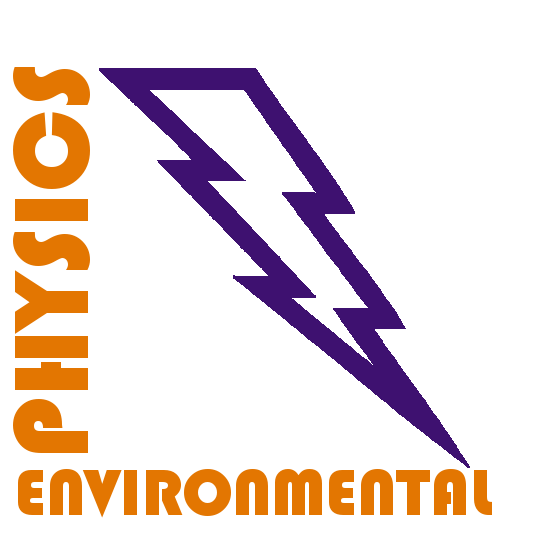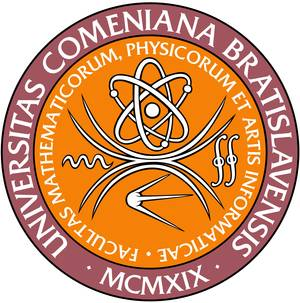|
Abstract: An evaluation of the gaseous species production by the discharge, i.e., discharge chemical activity, is very important for determining its potential for practical applications. In this work, production of gaseous species by the multi-hollow surface dielectric barrier discharge generated in a perforated ceramic substrate with the air-exposed electrode is investigated under conditions of various discharge powers (1–5 W), air flow rates (0.25–2.4 L/min) and air relative humidities (0–80%). Production of ozone O3, nitrous oxide N2O, nitric oxide NO, nitrogen dioxide NO2, dinitrogen pentoxide N2O5 and nitric acid HNO3 is evaluated in terms of concentration (ppm), production yield (g/kWh) and production rate (mg/h). The work demonstrates a critical impact of both air flow rate and relative humidity on prevailing discharge mode (“O3 mode” vs. “NOx mode”) and, thus, on overall composition and concentration of produced gaseous species. For low discharge power, the discharge operates in the “O3 mode”, when O3, N2O, N2O5 and HNO3 are dominant gaseous products. With the increasing power, the discharge transfers into the “NOx mode”, when N2O and HNO3 along with NO and NO2 are mostly produced. In dry air, transition from “O3 mode” to “NOx mode” is found for the specific input energy of 1000–1100 J/L. With an increase of air relative humidity from 20 to 80%, the transition gradually decreases from approximately 600 to 450 J/L, respectively.
|
Citations: | 1.) | Zhang L., Zhang X., Tie J., Luo H., Guo Y., Zhou Q.: In-situ disinfection by flexible surface dielectric barrier discharge plasma film: discharge modes and mechanisms, J. Phys. D: Appl. Phys. 58 (12), 125202, (2025)
(2025)
------------- | | 2.) | C. Jin, F. Lin, B. Peng, L. Wei, Z. Ling, X. Zeng, D. Yuan: Nanosecond pulsed multi-hollow surface dielectric barrier discharge for ozone production, Vacuum 238, 114252 (2025)
(2025)
------------- | | 3.) | Korzec D., Freund F., Bäuml Ch, Penzkofer P., Beier O., Pfuch A., Vogelsang K., Froehlich F., Nettesheim S.: Hybrid Dielectric Barrier Discharge Reactor: Production of Reactive Oxygen–Nitrogen Species in Humid Air, Plasma 8 (3), (2025), 27, citation no. 114
(2025)
------------- | | 4.) | Van den Ruit B., Mertens T. H. C.: Design and Characterization of a Low-Temperature Plasma Reactor for Seed Treatment Applications: A Study on Ozone and Reactive Species Generation, Bachelor Thesis, Delft University of Technology, Electrical Engineering, Mathematics and Computer Science
(2025)
------------- | | 5.) | Shi Y., Ji R., Luo Y., Liu W., Meng L., Yang Z., Huang X., Li Z., Xie J, Cai Y.: Study on ozone generation characteristics of nanocatalyst coupled dielectric barrier discharge generator, Vacuum 243, 114820 (2026)
(2025)
------------- | | 6.) | Feng J., Krumpolec R., Stupavská M., Ksenzova O., Kováčik D., Černák M.: Parametric study of plasma surface activation of PTFE by Multi-hollow surface DBD atmospheric pressure plasma generated in air, H2/N2 gas mixture and oxygen: Influence of process parameters, Vacuum 244, 114861 (2025)
(2025)
------------- | | 7.) | Sun Z., Zheng X., Zheng H., Zhao Z., Li J.: Effects of pulse rise time and pulse width on discharge mode transition of SDBD plasma under repetitive pulses, J. Phys. D: Appl. Phys 58 (4), 045202, (2024)
(2024)
------------- | | 8.) | Apelquist J., Robson A., Helmke A, Rousseau A., Boekema B, den Braber E., Szili E., Sturmer E., Bockmann L., Gaur N., Shor R., Bekeschus S., Emmert S., von Woedtke T., Gerling T.: Cold Plasma: An Emerging Technology for Clinical Use in Wound Healing, J. Wound. Management, 25 (3 Sup1), S1-S84 (2024), citation no. 481
(2024)
------------- | | 9.) | Bogaerts A.: Special Issue on “Dielectric Barrier Discharges and their Applications” in Commemoration of the 20th Anniversary of Dr. Ulrich Kogelschatz’s Work, Plasma Chem. Plasma Process. XX (x), xxx, (2023), citation no. 5
(2023)
------------- |
|

